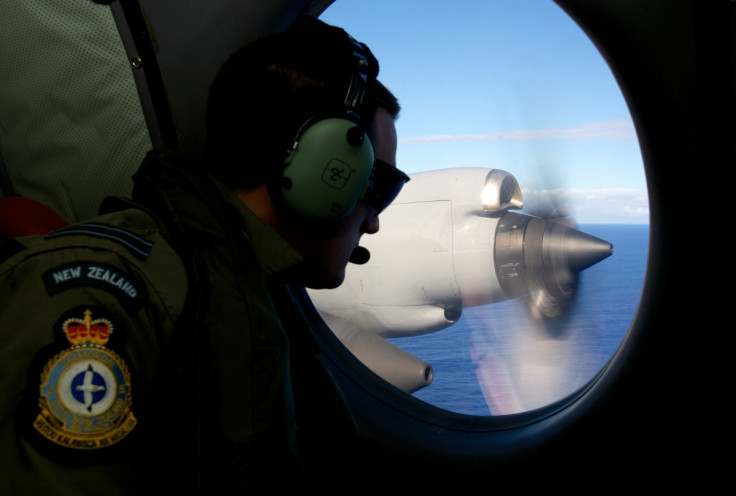Malaysia Airlines MH370: Reports Speculate that Missing Plane May Have Landed and Not Crashed

The mystery of the vanished Malaysia Airlines flight MH370 has taken a new twist with the international team probing the incident now considering the possibility that the plane may have landed rather than ended up in the Indian Ocean, according to various media reports.
International Investigation Team (IIT), it seems, have not gathered conclusive clues on what precisely may have happened to the flight, and are rethinking on how best to explain the disappearance of the jet.
This is because no debris has been found yet, and the underwater mission is 80% complete in the 10-km area around the locus of the 5 April pings, which according to the ocean search team had been the most promising lead.
Maritime experts have already warned that the pings detected in the ocean may not necessarily have originated from the airplane's black boxes.
Peter Herzig, Executive Director at Feomar Helmholt Centre for Oceanographic Research pointed out that the search area in the Indian Ocean is a noisy place where scores of planes and ships make rounds. Also, there is the possibility that the sounds may have come from other vessels passing in the vicinity at the time the pings were picked up.
Investigators are now considering other explanations to determine the fate of the missing Malaysia Airlines MH370, and have not dismissed the possibility of the plane having landed at an unknown location.
"The thought of it landing somewhere else is not impossible, as we have not found a single debris that could be linked to MH370... [but] the possibility of a specific country hiding the plane when more than 20 nations are searching for it, seems absurd," a source from IIT told the New Strait Times.
"We may have to regroup soon to look into this possibility if no positive results come back in the next few days... but at the same time, the search mission in the Indian Ocean must go on," the source said.
The possibility of the aircraft having crashed on some remote island in the ocean is also being explored.
However, the missing plane was carrying four emergency locater transmitters (ELTs) which transmit the aircraft's location to an emergency satellite in case of a crash or contact with water, the CNN reported.
Experts are puzzled over why the ELTs did not activate, and if they did, why the satellite had failed to pick up their signals.
When contacted Malaysia Airlines said it could not comment on "any questions that relate to information held by other authorities and/or fall under the jurisdiction of the ongoing investigation. ..."
The investigative team have also admitted that the earlier calculations derived from information provided by Inmarsat were not entirely reliable, because communication satellites cannot detect crucial details such as a plane's direction, altitude and speed.
"A communications satellite is meant for communication... the name is self-explanatory. The reason investigators were forced to adopt a new algorithm to calculate the last known location of MH370 was because there was no global positioning system following the aircraft as the transponder went off 45 minutes into the flight," one source noted.
© Copyright IBTimes 2025. All rights reserved.



















